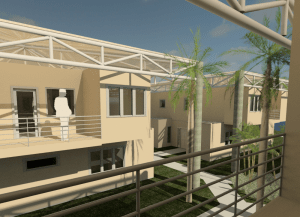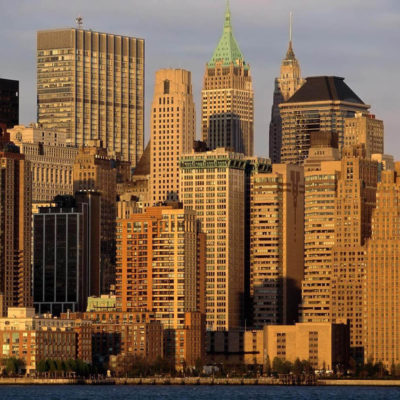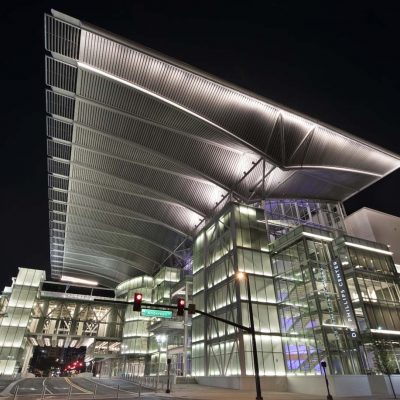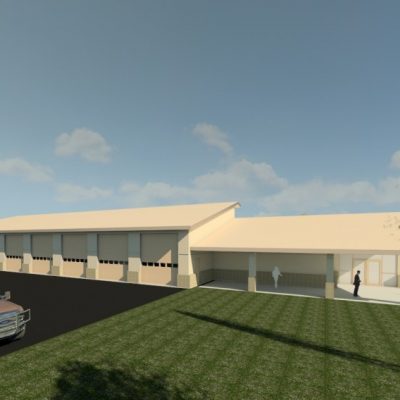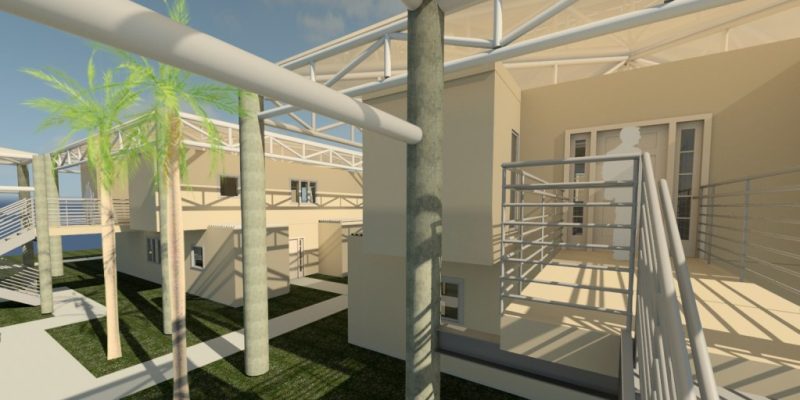
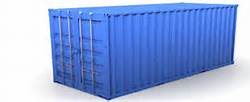
There’s been so much talk about thinking outside the “box” over the past several years that we have looked past the value of the box itself. The box I refer to is the common, utilitarian shipping container.

Relied upon for decades as the primary source for transporting goods and merchandise all over the world, the shipping container is becoming much more than a mere storage device. The box itself has become an effective construction resource for designers to experiment far beyond its storage capabilities. Limited only by the depth of their imagination, more and more shipping containers are appearing in urban and rural locations in unique sizes and shapes, whether commercial or residential in application The attention toward recycling shipping containers not only helps to reduce the surplus, but opens the door for new, unique designs that contribute to the overall community character. The relative low cost of shipping containers help to control construction costs.
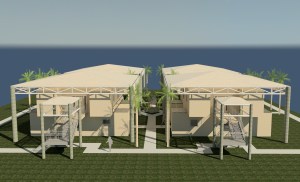
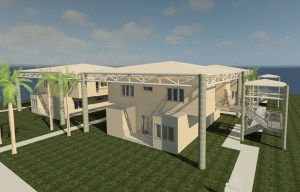
Because of their structural integrity, each container is designed to support several others stacked on top of each other. Shipping containers and modular pre-fabrication go hand in hand. After all, the box is a self-contained unit that is the perfect shape and size for transporting via ship, rail, or truck to its destination. Depending on the actual design and number of containers used, the interior can be pre-fabricated in controlled conditions, which reduces the overall costs.
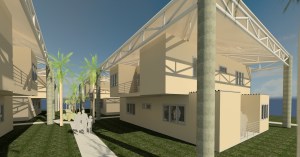
Once on site, the pieces can be assembled in preparation for the finishing touches. Construction time is reduced and construction waste is virtually eliminated.
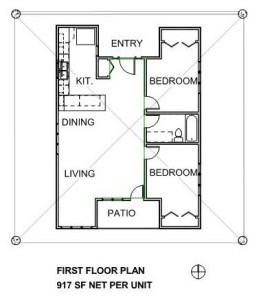
dbs Architects PLLC has created a pre-fabricated, apartment/condominium design that features the use of 8’-0” wide x 9’-6” high x 40’-0” long shipping containers. Two containers are spaced 12 feet apart with the area in between comprising a 12ft x 28ft modular unit of similar construction.
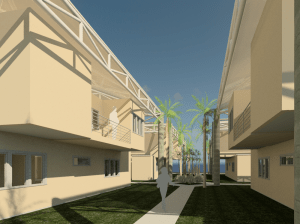
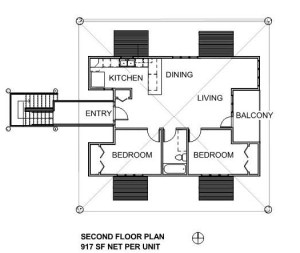
The total net square footage is 917sf, featuring two bedrooms, kitchen, dining area, living area, patio/balcony, and bath. The open layout optimizes useable space with a minimum of circulation space. All lighting is LED. The plumbing fixtures are all low-flow type and WaterSource compliant. Appliances are Energy Star compliant. Efficient wall and ceiling insulation, along with low-E window fixtures help to conserve energy and assure a tightly sealed, quiet environment. A ductless HVAC system is provided because of its greater efficiency, without the use of ductwork to preserve optimum ceiling height.
